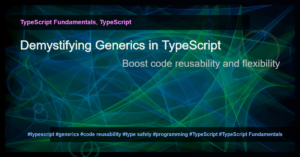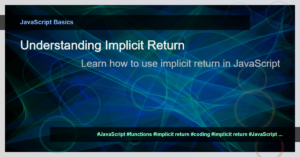Java Interview Cheatsheet
Are you gearing up for a Java programming interview and feeling a bit overwhelmed with the vast amount of topics to cover? Fear not! We have got you covered with this Java interview cheatsheet. In this cheatsheet, you will find a collection of essential interview questions, their answers, and code examples to help you prepare.
Table of Contents
- Core Java
- Object-Oriented Programming (OOP)
- Java Collections
- Exception Handling
- Multithreading and Concurrency
- Java I/O
- Java Frameworks
- Java Memory Management
- Java Design Patterns
- Java Coding Best Practices
1. Core Java
1.1 What is Java?
Java is a widely-used programming language known for its portability, reliability, and versatility. It follows the “write once, run anywhere” principle and is used to develop a wide range of applications, including desktop, web, and mobile applications.
1.2 What are the features of Java?
Java offers several features that make it a popular choice among developers:
- Object-oriented: Java supports the principles of object-oriented programming, such as encapsulation, inheritance, and polymorphism.
- Platform-independent: Java programs can run on any platform with a Java Virtual Machine (JVM).
- Memory management: Java manages memory allocation and deallocation automatically through its garbage collection mechanism.
- Exception handling: Java has built-in mechanisms to handle exceptions and errors gracefully.
- Multithreading: Java simplifies concurrent programming through its built-in support for multithreading.
Code example:
public class HelloWorld {
public static void main(String[] args) {
System.out.println("Hello, World!");
}
}
1.3 What is the difference between JDK, JRE, and JVM?
- JDK (Java Development Kit): It is a software development kit that includes the necessary tools, libraries, and documentation to develop Java applications.
- JRE (Java Runtime Environment): It provides the runtime environment required to run Java applications. It includes the JVM and essential libraries.
- JVM (Java Virtual Machine): It is the runtime environment where Java bytecode is executed. It interprets the bytecode and executes it on the underlying operating system.
1.4 What are the different data types in Java?
Java provides various built-in data types, including:
- Primitive data types:
int,double,boolean,char, etc. - Reference data types:
String,Array,Class, etc.
Code example:
int age = 25;
double salary = 50000.55;
boolean isStudent = true;
char grade = 'A';
String name = "John Doe";
1.5 What is the difference between equals() and == in Java?
equals()method: It is used to compare the content of two objects. Theequals()method is overridden in classes to define how two objects should be considered equal.==operator: It checks if two objects refer to the same memory location. For primitive types, it compares their values directly.
Code example:
String str1 = "Hello";
String str2 = new String("Hello");
System.out.println(str1.equals(str2)); // true
System.out.println(str1 == str2); // false
…
Continue Reading here
Categories: Java Tips and Tricks







